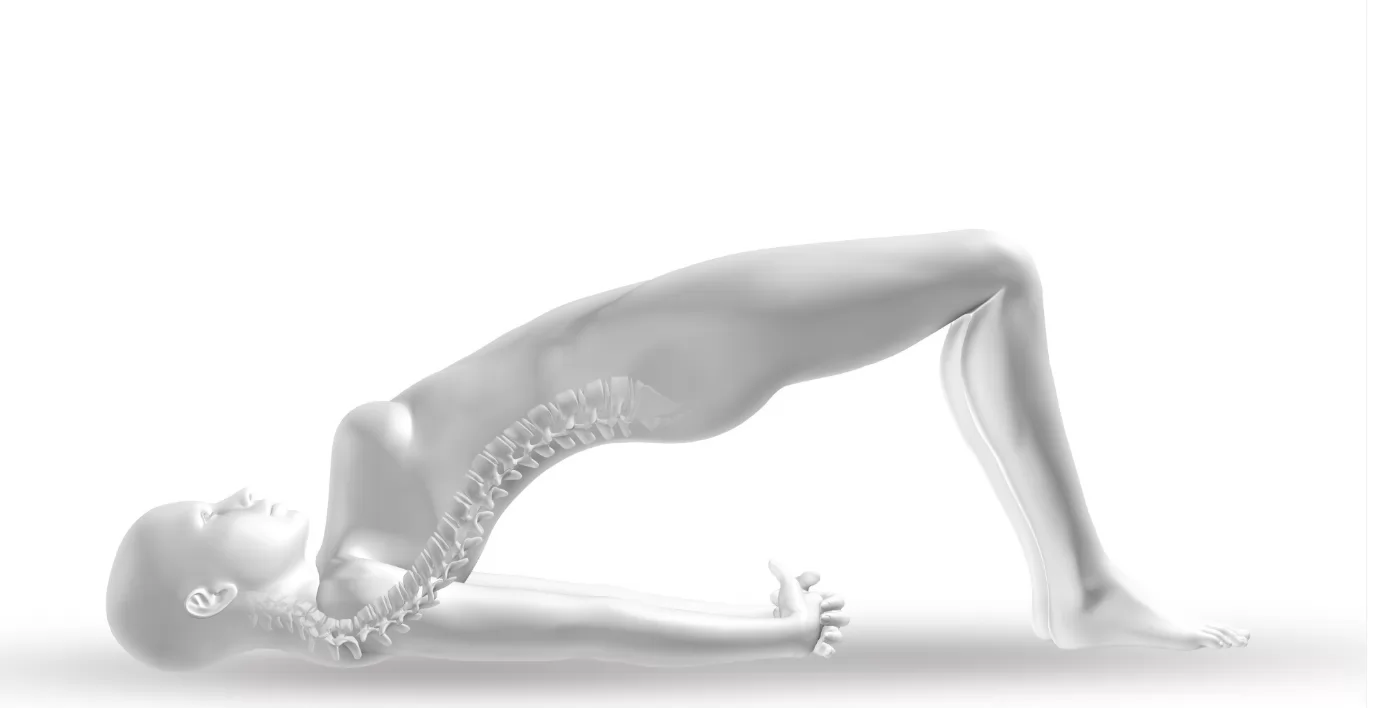What is Scoliosis? Symptoms and Treatment Methods
Scoliosis is a three-dimensional complex structural deformity in which the spine curves to the right or left. Normally, the spine appears as a straight line when viewed from the front or back. However, in scoliosis, the spine deviates from the midline and rotates sideways. This curvature is not only an aesthetic issue but can also lead to serious health problems. Early diagnosis and appropriate intervention can significantly preserve and improve the patient’s quality of life.
What Are the Causes of Scoliosis?
The causes of scoliosis are classified into three main groups in clinical practice:
-
Idiopathic Scoliosis: This is the most common type of scoliosis in our clinical practice, and its exact cause is still unknown. We frequently observe this condition in adolescents.
-
Congenital Scoliosis: This type of scoliosis results from congenital anomalies. It occurs due to problems in spinal development in the womb and may also affect other midline organs such as the kidneys and heart.
-
Neuromuscular Scoliosis: This type of scoliosis is associated with underlying neurological or muscular disorders. It is more common in children with conditions such as cerebral palsy and Duchenne muscular dystrophy.
What Are the Symptoms of Scoliosis?
Scoliosis often progresses silently, and symptoms become noticeable only at later stages. The common symptoms observed in our patients include:
-
Noticeable height difference between the shoulders
-
Asymmetrical appearance of the rib cage
-
Uneven waist curvature and trunk shift to one side
-
Prominent asymmetry in the back and shoulder blades, sometimes appearing as a hump
-
Clothes not fitting the body evenly
-
Pain and restricted movement (in advanced cases)
How Is Scoliosis Diagnosed?
Diagnosing scoliosis starts with a detailed physical examination of the patient. The Adams forward bending test provides valuable clinical information. The Cobb angle measurement is used to determine the degree of spinal curvature, usually based on X-ray images taken from the front and side views. In some cases, advanced imaging techniques such as MRI or CT scans may be required to check for other associated conditions.
What Are the Treatment Methods for Scoliosis?
The treatment plan for scoliosis depends on the patient’s age, the severity of the curvature, and its progression potential:
-
Observation and Regular Check-ups
If the curvature is less than 20 degrees, we monitor the patient with regular follow-ups to detect any progression. -
Brace Treatment
If the curvature is between 20-45 degrees and the patient is still growing, we apply brace treatment. The goal is to stop or slow down the progression of the curvature. -
Physical Therapy and Exercise Programs
For mild and moderate scoliosis, personalized exercise programs are designed. These exercises help improve muscle balance, posture, and reduce pain. -
Surgical Treatment
If the curvature exceeds 45-50 degrees or progresses rapidly, surgical treatment is considered. Spinal fusion surgery is a method where screws and rods are used to correct and stabilize the spine. Post-surgery rehabilitation plays a crucial role in the patient’s recovery.
The Importance of Early Diagnosis in Scoliosis
Early diagnosis of scoliosis is essential for the patient’s future. Especially in growing children, taking preventive measures against curvature progression increases treatment success and reduces the need for surgery.
Conclusion and Clinical Recommendations
Patients with suspected scoliosis should consult an orthopedic and traumatology specialist without delay. Successful treatment is only possible with accurate diagnosis and a personalized treatment plan. Regular follow-ups and professional medical supervision are vital for maintaining the patient’s quality of life.
